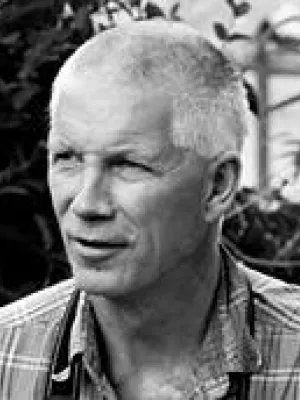
Jonas Ardö
Professor

Measured and modeled personal and environmental NO2 exposure
Author
Summary, in English
Abstract in Undetermined
Background: Measured or modeled levels of outdoor air pollution are being used as proxies for individual exposure in a growing number of epidemiological studies. We studied the accuracy of such approaches, in comparison with measured individual levels, and also combined modeled levels for each subject's workplace with the levels at their residence to investigate the influence of living and working in different places on individual exposure levels.
Methods: A GIS-based dispersion model and an emissions database were used to model concentrations of NO2 at the subject's residence. Modeled levels were then compared with measured levels of NO2. Personal exposure was also modeled based on levels of NO2 at the subject's residence in combination with levels of NO2 at their workplace during working hours.
Results: There was a good agreement between measured facade levels and modeled residential NO2 levels (r(s) = 0.8, p > 0.001); however, the agreement between measured and modeled outdoor levels and measured personal exposure was poor with overestimations at low levels and underestimation at high levels (r(s) = 0.5, p > 0.001 and r(s) = 0.4, p > 0.001) even when compensating for workplace location (r(s) = 0.4, p > 0.001).
Conclusion: Modeling residential levels of NO2 proved to be a useful method of estimating facade concentrations. However, the agreement between outdoor levels (both modeled and measured) and personal exposure was, although significant, rather poor even when compensating for workplace location. These results indicate that personal exposure cannot be fully approximated by outdoor levels and that differences in personal activity patterns or household characteristics should be carefully considered when conducting exposure studies. This is an important finding that may help to correct substantial bias in epidemiological studies.
Background: Measured or modeled levels of outdoor air pollution are being used as proxies for individual exposure in a growing number of epidemiological studies. We studied the accuracy of such approaches, in comparison with measured individual levels, and also combined modeled levels for each subject's workplace with the levels at their residence to investigate the influence of living and working in different places on individual exposure levels.
Methods: A GIS-based dispersion model and an emissions database were used to model concentrations of NO2 at the subject's residence. Modeled levels were then compared with measured levels of NO2. Personal exposure was also modeled based on levels of NO2 at the subject's residence in combination with levels of NO2 at their workplace during working hours.
Results: There was a good agreement between measured facade levels and modeled residential NO2 levels (r(s) = 0.8, p > 0.001); however, the agreement between measured and modeled outdoor levels and measured personal exposure was poor with overestimations at low levels and underestimation at high levels (r(s) = 0.5, p > 0.001 and r(s) = 0.4, p > 0.001) even when compensating for workplace location (r(s) = 0.4, p > 0.001).
Conclusion: Modeling residential levels of NO2 proved to be a useful method of estimating facade concentrations. However, the agreement between outdoor levels (both modeled and measured) and personal exposure was, although significant, rather poor even when compensating for workplace location. These results indicate that personal exposure cannot be fully approximated by outdoor levels and that differences in personal activity patterns or household characteristics should be carefully considered when conducting exposure studies. This is an important finding that may help to correct substantial bias in epidemiological studies.
Department/s
- Division of Occupational and Environmental Medicine, Lund University
- Dept of Physical Geography and Ecosystem Science
- EpiHealth: Epidemiology for Health
- eSSENCE: The e-Science Collaboration
- BECC: Biodiversity and Ecosystem services in a Changing Climate
Publishing year
2012
Language
English
Publication/Series
Population Health Metrics
Volume
10
Issue
10
Links
Document type
Journal article
Publisher
BioMed Central (BMC)
Topic
- Public Health, Global Health, Social Medicine and Epidemiology
Status
Published
ISBN/ISSN/Other
- ISSN: 1478-7954

